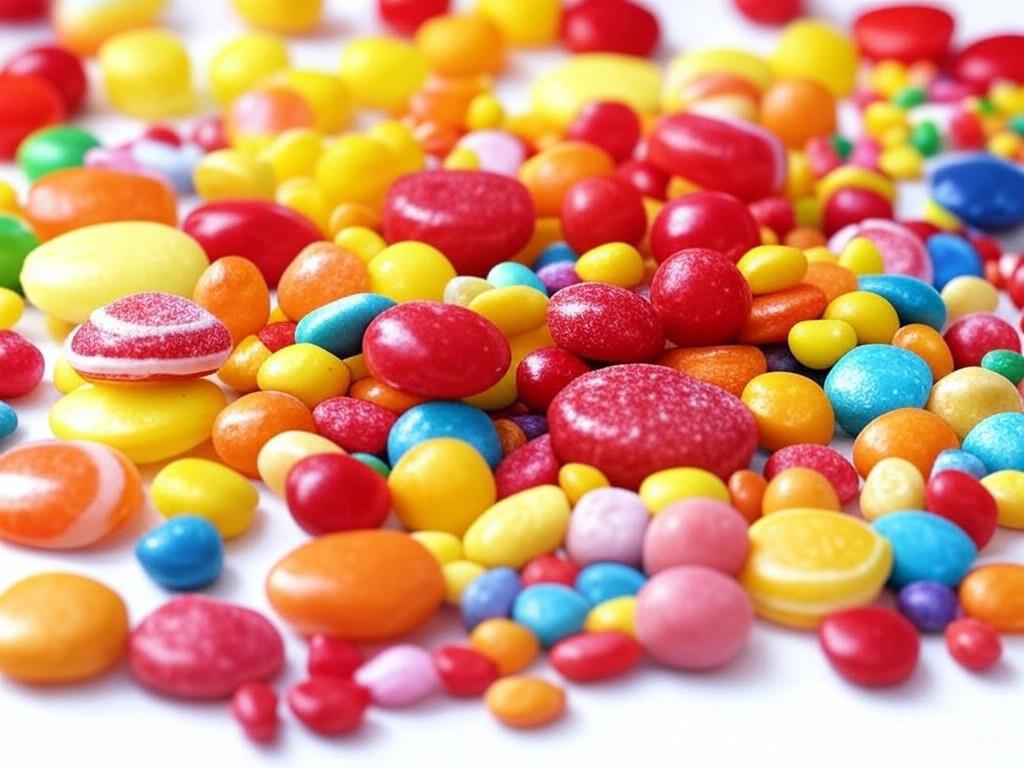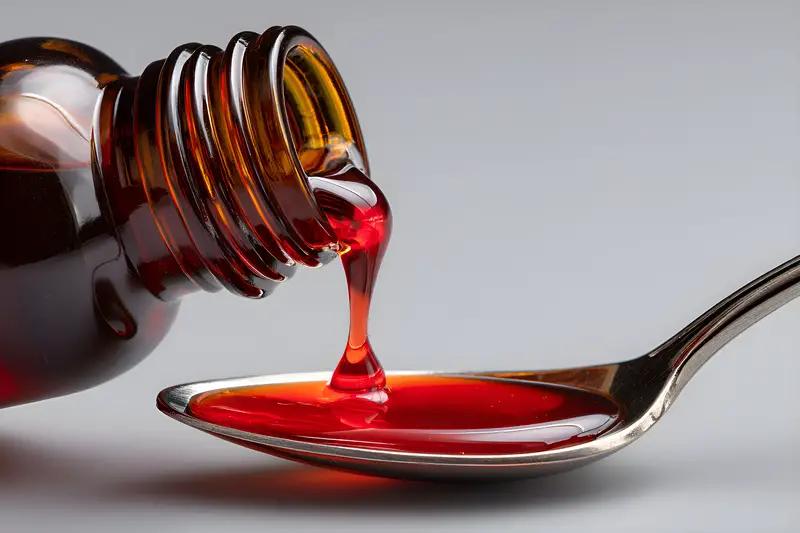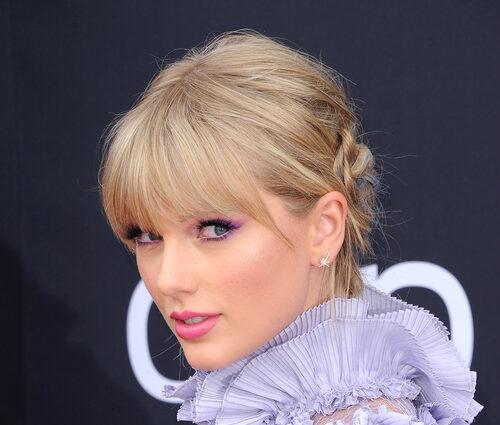In a bold move, the U.S. Food and Drug Administration (FDA) has decided to ban the use of synthetic dye FD&C Red No. 3 in food and ingested drugs by 2027, marking a significant shift in how food safety is approached. This decision follows a lengthy debate over the safety of synthetic dyes used in food production. Red No. 3, a bright cherry-red dye, has been widely used in a variety of food products, adding a vibrant hue to candies, frostings, and certain beverages[1].
The FDA's decision is rooted in findings dating back to the 1980s, which linked Red No. 3 to cancer in laboratory rats, courtesy of a rat-specific hormonal mechanism that doesn't affect humans directly. Nonetheless, a governmental body tasked with overseeing public safety found these findings compelling enough to take action under the Delaney Clause of the Federal Food, Drug, and Cosmetic Act. This clause prohibits the FDA from approving any food additives shown to induce cancer in humans or animals in lab tests[2].
As a result of this ban, food manufacturers will be required to completely reformulate their products. While Red No. 3 isn't as commonly used as other synthetic dyes like Red No. 40 or Yellow No. 5, its removal reflects growing consumer concerns over artificial additives in food. Kraft Heinz, a leader in the food industry, has already announced plans to adjust its product lines by eliminating not just Red No. 3 but all artificial dyes by 2027. This initiative, reflecting an industry-wide trend, underscores the growing consumer desire for transparency and natural ingredients in diets[3].
The shift away from synthetic dyes is not without challenges. Companies must navigate the complexities of sourcing enough natural dyes, a process complicated by the fact that natural colors often lack the vividness of their synthetic counterparts. This logistical hurdle could lead to increased costs and longer development times as companies race against deadlines to reformulate popular products without compromising their signature appearances and tastes[4].
While the impending removal of Red No. 3 might make some candies and desserts appear less vividly colored, it signifies progress in how food safety is governed. It also reflects a broader movement towards healthier, cleaner food production practices. As this transition unfolds, consumers and manufacturers alike will have to adapt to a slightly less colorful, yet potentially safer, array of food options on the market.
References:
1. FDA to Revoke Authorization for the Use of Red No. 3 in Food and Ingested Drugs
2. NPR Health News: Kraft Heinz to Remove Artificial Dyes from All Products, Like Jell-O and Kool-Aid
3. US 103.3: Artificial Dyes Being Removed From Jell-O, Crystal Light + Kool-Aid







